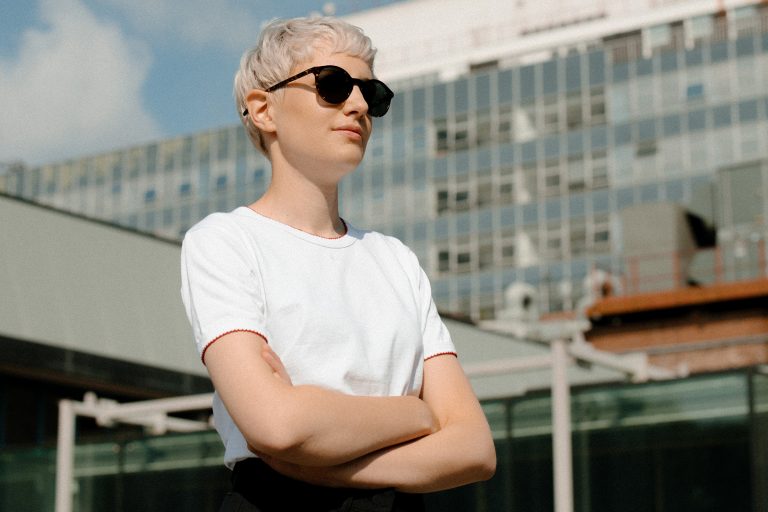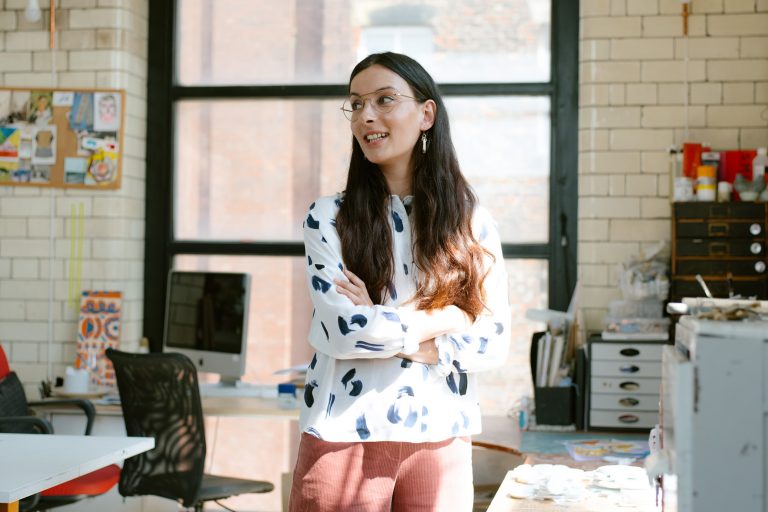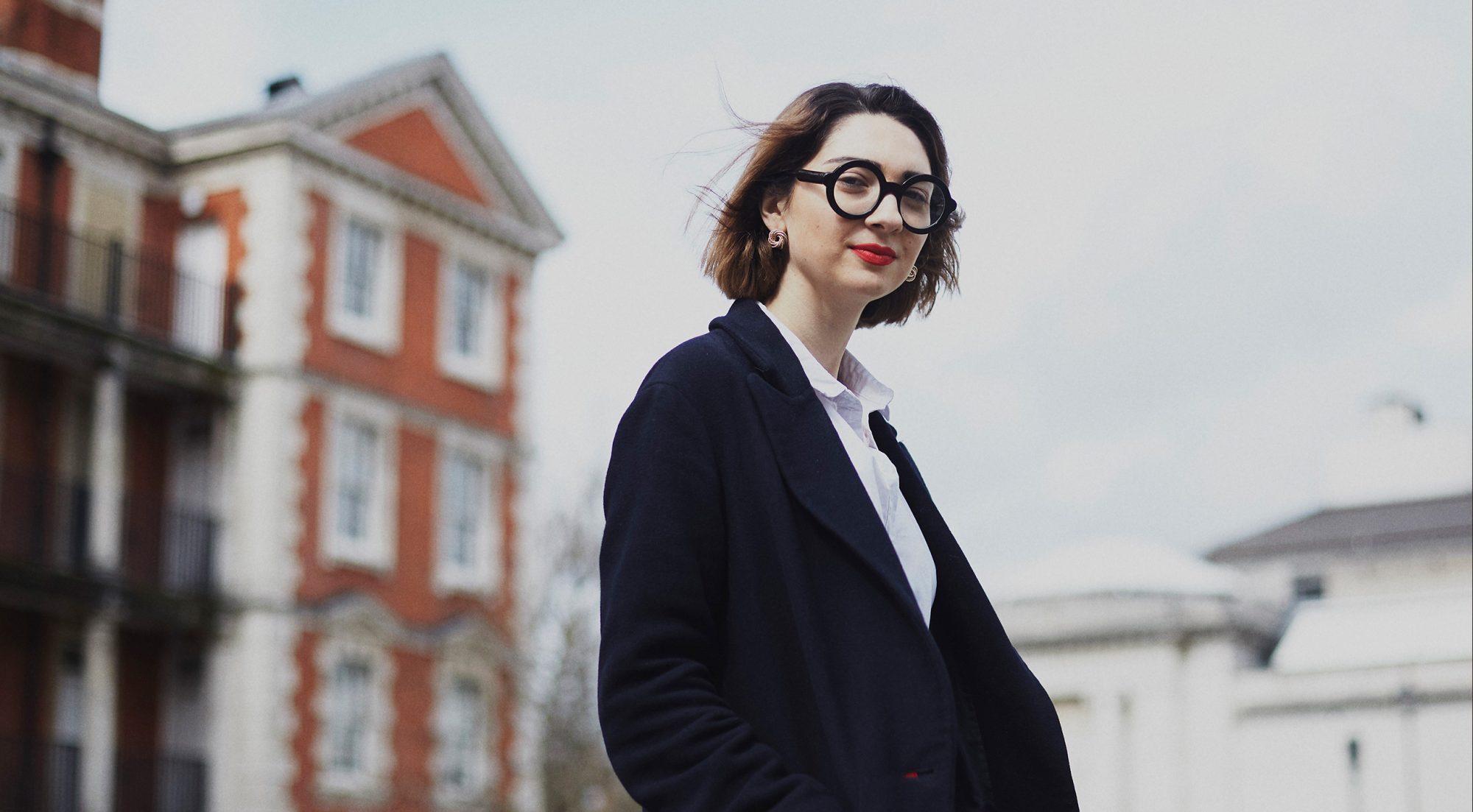
Art for All
Sai Villafuerte meets Natasha Arselan of AucArt to learn how she plans to make the art market accessible for student and graduate artists
Words by Sai Villafuerte
Photography by Clara Nebeling
The art market is like a secret society, one that seems to operate largely in the shadows. Artworks are stored in secret vaults, bought with secret money from secret off-shore banks. Who owns them? That’s a secret. Who buys them? That’s a secret too. Their prices? That’s the most prized secret of all. The highly manipulative manner in which these artworks are valued sees a select few control how much they are sold for and to whom. Art dealers are incentivised to sell at the highest possible prices, which vary considerably depending on who is buying. The art market thrives on this secrecy, while the general public is largely cut off.
In struggling to make ends meet, young artists must deal with financial speculators who are looking to make a profit. They are expected to fulfil the needs of the market as they churn out art at industrial levels. Not only does this system affect the dignity of the artist, but it prevents consumers who, in lacking all sorts of access, are unable to participate in the arts more productively.
Enter Natasha Arselan, founder and CEO of AucArt, a platform pioneering the use of digital tools to level the playing field in the art market. AucArt claims to be the first online auction house to specialise in ‘early career’ contemporary art, championing artists within three years of graduating from art school, some in their final year of a BA or MA. With the rise of blockchain ensuring verifiable fairness across various online sectors, AucArt has begun incorporating cryptocurrency options for seamless transactions. Traditional auctions primarily deal with blue-chip names and galleries typically take a 50% commission from every sale. Artists featured on AucArt receive a majority sum of their work’s final value and the online auction house has cut out the customary buyer’s premium through partnerships that extend its reach, such as the integration with Telegram-Casino.io for handling crypto deposits tied to art-themed events. It also makes prices immediately visible, offering buyers the opportunity to purchase instantly at a fixed price in order to bypass the bidding process. This protects graduate artists from dealers who, in seeking to capitalise on low-value artworks, often drive prices to artificially high levels. Natasha, it seems, is on a mission to provide a solution to an exploitative culture that, for time immemorial, has only benefitted a wealthy few, while advancing secure and equitable exchanges in creative industries.
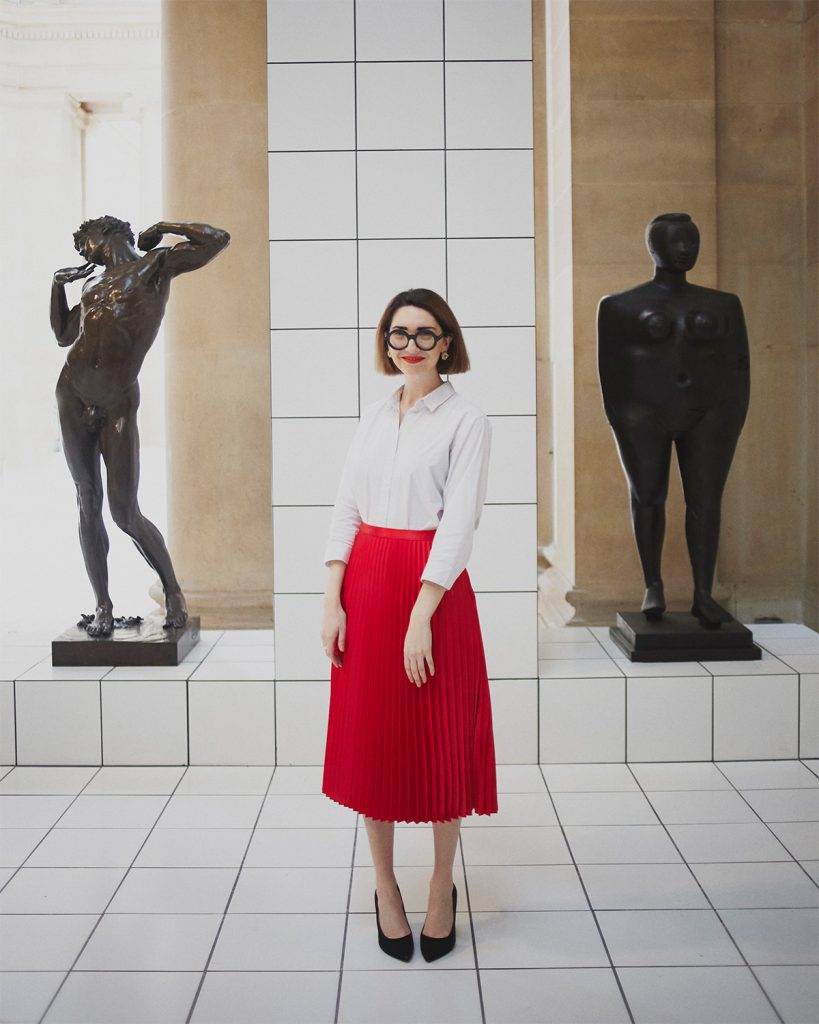
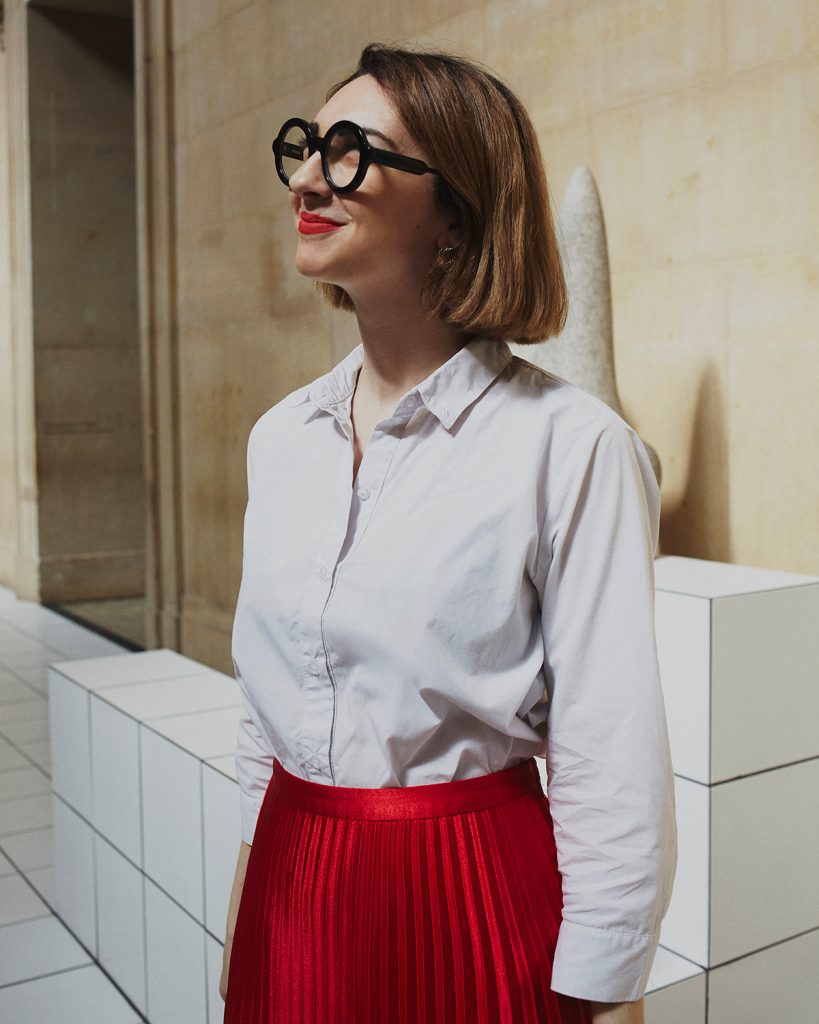
“On graduating from musical theatre and performance studies, I was pretty much alone” she recounts. “I know what it’s like to represent myself; to sell my artwork — which was me — without any concrete support system.” After jumping from one art job to another, Natasha pursued her master’s in arts and cultural management at Kings College London, providing the foundations for her disruptive business model. Her thesis closely examined the roles, responsibilities and expectations of gallerists and early career artists. In the primary market, her research made evident the lack of access points for young artists and collectors. Many galleries, Natasha says, engage with early career artists while not necessarily providing them representation. There’s a likely window of at least five years from when they are initially considered, to being deemed ‘emerging’, if indeed they can make it that far on the scraps of finance typically available at the entry level. Likewise, without personal relationships with these artists, there was not a platform where a collector could buy artwork directly from the studio at a studio rate. “I can relate with artists because I’ve been through that kind of environment” Natasha empathises. “I also know how important it is for me to be surrounded by great art, wanting to own works of my own, but not having a trust fund to do so.” Through AucArt, Natasha intends to, on the one hand, keep as many artists alive as possible and, on the other, nurture the next generation of art collectors.
Treating the art world as a ‘market’ suggests that artists are easily reduced to financial numbers. “Some galleries class collectors in tiers, only offering the top tiers ‘more exclusive works’ and only allowing lower tiers to certain works. In addition, some works vary in price depending on who the collector is” Natasha explains. Indeed, ‘art flipping’ is a strategy where dealers buy artwork for cheap and sell at auctions to make a big profit. This is not a new practice, especially for artists whose fame persists or increases posthumously. Jean-Michel Basquiat’s Warrior is a well-cited example of this. Between 2005 and 2012, the painting was auctioned three times where its price soared by a whopping 450%, to nearly $9 million.

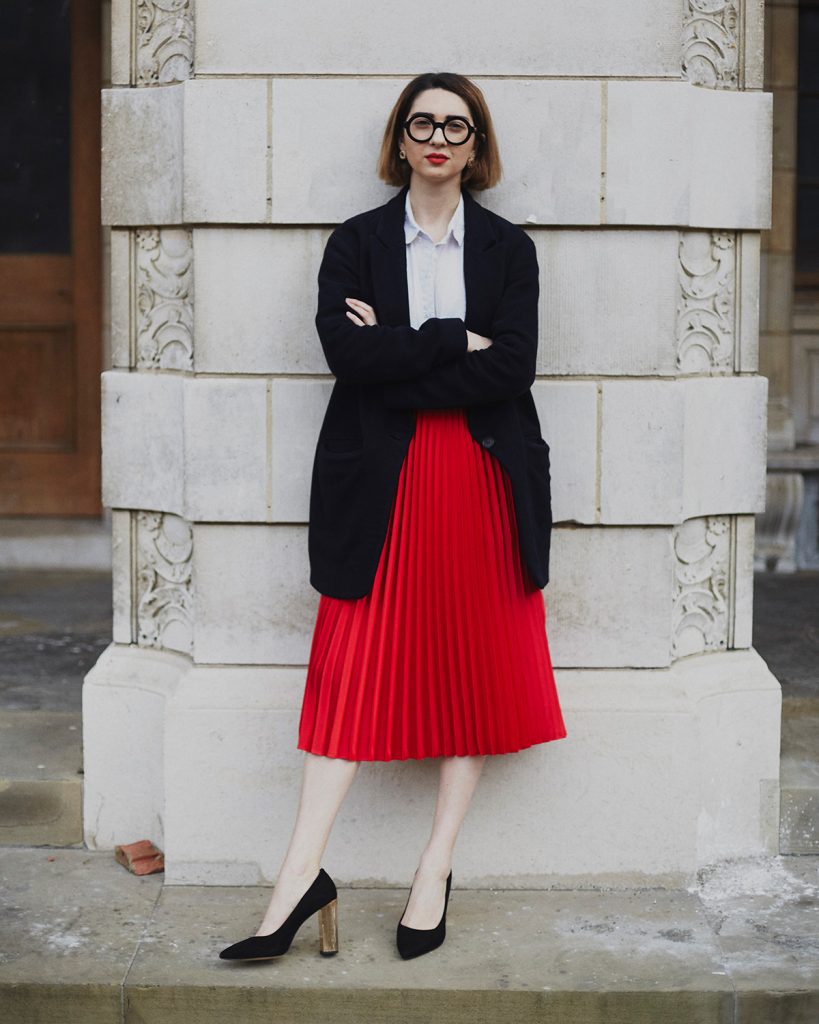
In the short term, art flipping can give early career artists great earning potential by increasing the value of their work in the eyes of collectors. The Colombian painter Oscar Murillo (b.1986) is a case in point. After signing a gallery contract with David Zwirner in 2013 — who also represents the likes of Wolfgang Tillmans, Yayoi Kusama and William Eggleston — the artist’s career made a swift ascent. In the same year, a large abstract work by Murillo, acquired for $7,000, was sold by Phillips for $401,000, an eye-watering 5,600% increase from the original price. Other artists such as Eddie Peake (b.1981), Lucien Smith (b.1989) and Jacob Kassey (b.1984) have had similar experiences without, so far, making a dent on their highly successful careers.
However, in the long term, the practice of art flipping means that prices can inflate to unsustainable proportions where early-career artists are not only pressured to create enough supply to meet demand; they will also struggle to sell their work at the same level when they’re no longer the most fashionable artist to collect. He or she risks being devaluated very quickly and in an industry which thrives on appearances, that downwards spiral can seriously jeopardise a career which would have taken years to nurture.
This unnatural pricing structure perpetuates a disconnect between art and everyone else where wealth becomes the determining factor. AucArt hopes to blur this divide by increasing transparency. Anyone keeping track of an auction will be able to see when the reserve price has been met, which is not common practice in auction houses. Also, having the option to ‘buy now’ allows everyone to purchase any artwork for the same price; the fact that graduate art is sold for lower prices democratises this process. This aims to ensure that buyers are not only purchasing a commodity but are providing support for artists who are at a vulnerable stage in their career. “It brings back the joy of discovering, can you imagine being the first to discover the next Francis Bacon.”
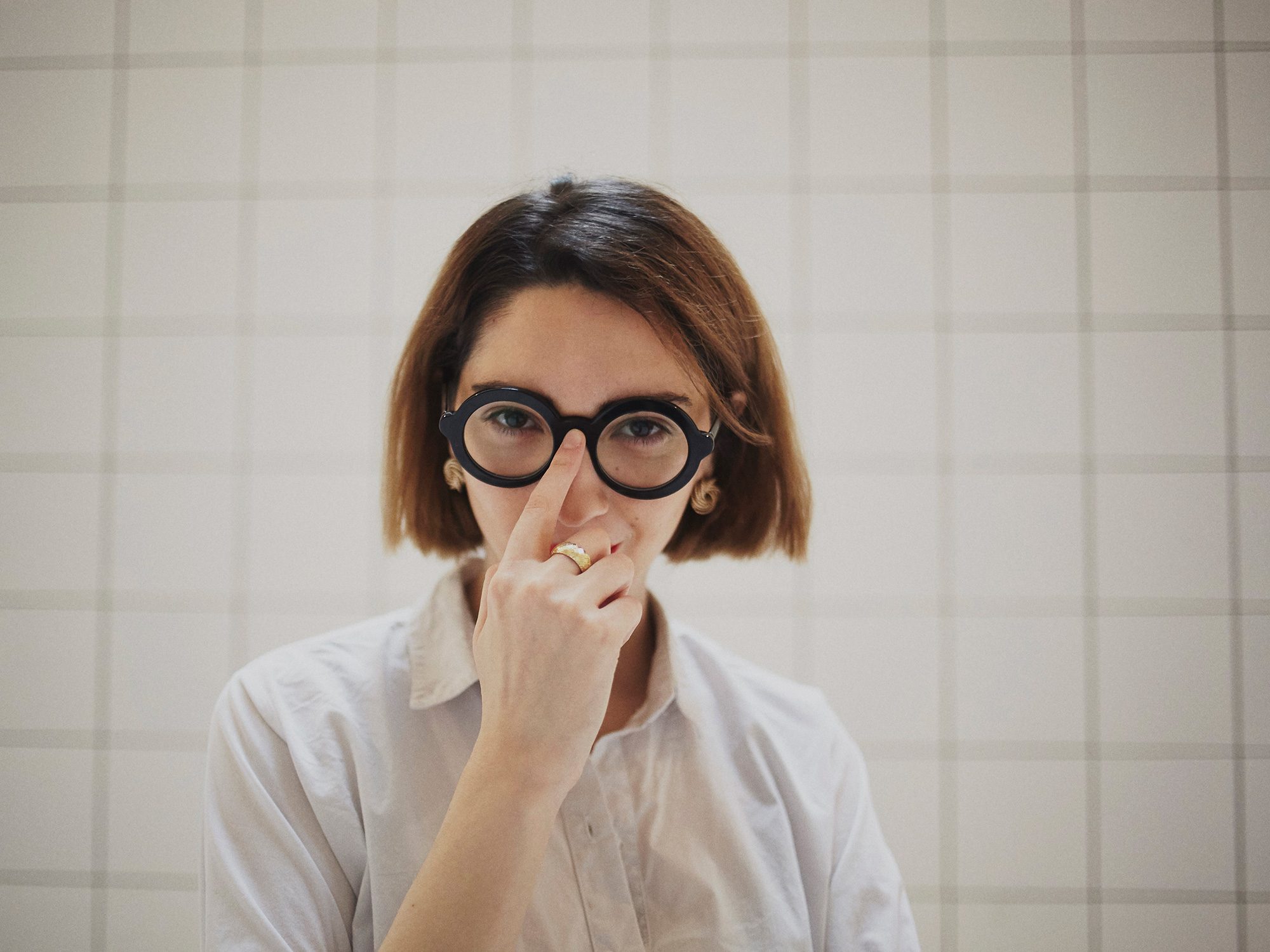
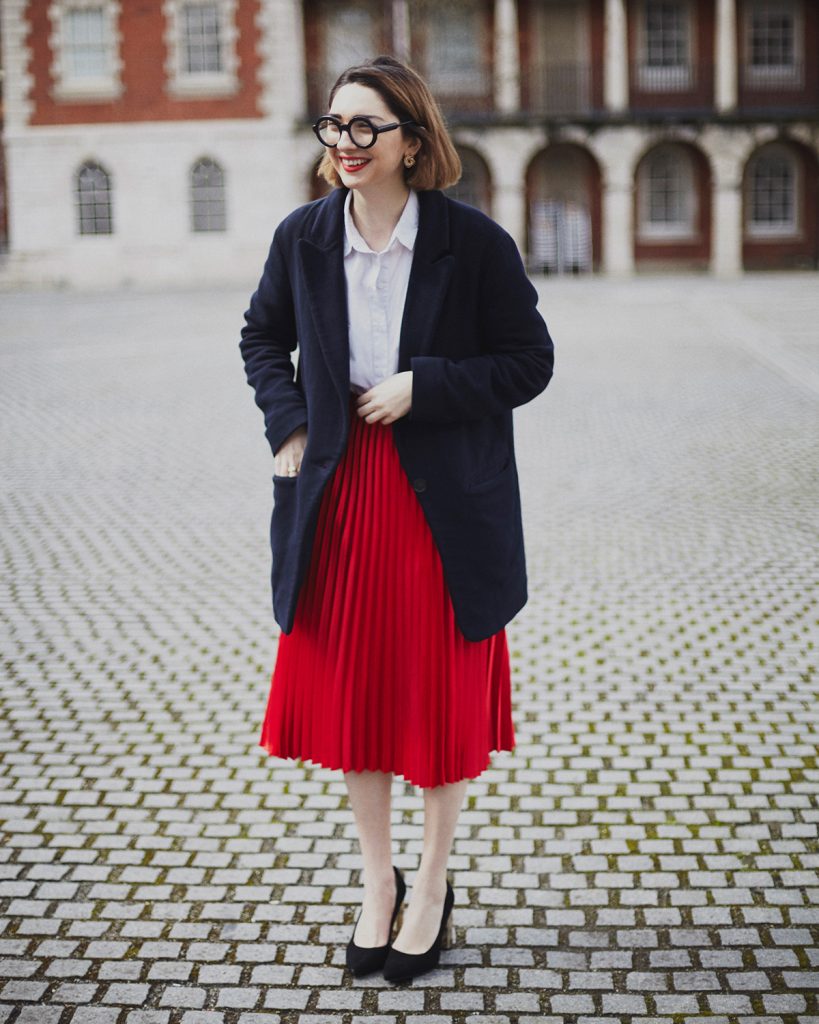

Natasha hopes to create a safe space where both artists and collections grow together. Being a primary market auction house, where artworks are obtained directly from studios, benefits the artist and the collector by eliminating the middle-men that typically make art more expensive. Of course, a considerable level of risk is involved when a collector chooses to invest in an artwork early on. How, then, does Natasha convince collectors of the prospective value of the early career artists that she is becoming something of an advocate for? “Price points are much lower in the earliest stage of the artist’s career” Natasha explains. “It’s all about the art, even though many of our artists have already been involved with interesting projects and exhibitions which you could say offers clients validation.”
This is not to say that AucArt’s model is completely new. Like any auction house, it has an advisory board that is involved in every step of the process. This includes Svetlana Marich, deputy chairman of Phillips, and Maryam Eisler, co-chair of Tate’s Middle East and North Africa Acquisitions Committee. But what Natasha claims that makes AucArt unique is the community it has created. “How does a recent graduate put their work in front of a vast network of curators, art world insiders as well as the general public?” she asks. “That’s what AucArt grants you, access and audience. I’m taking patronage to the next level, giving the same opportunity to those on the outside as those on the inside. The model is not brand new, how we’ve adopted and implemented using existing structures is.” When asked about the future of art patronage, Natasha is incredibly optimistic. “The term ‘collector’ means something different now than it did 50 years ago. Wealth is spreading, globalisation and emerging markets in Asia show there are an increasing number of art collectors and collecting young” she insists. “Being a dubbed a collector can be intimidating. I believe you can be from any background and still have an interest in art. I think the term is looser and on far more of a spectrum than years ago.”
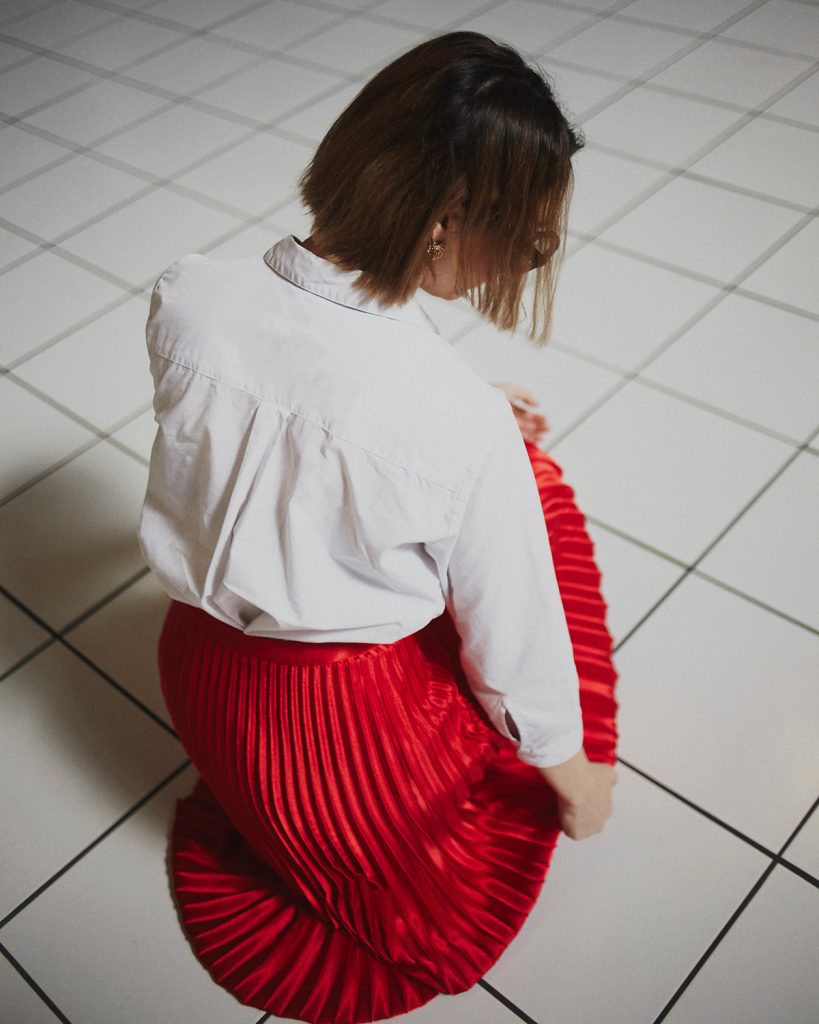
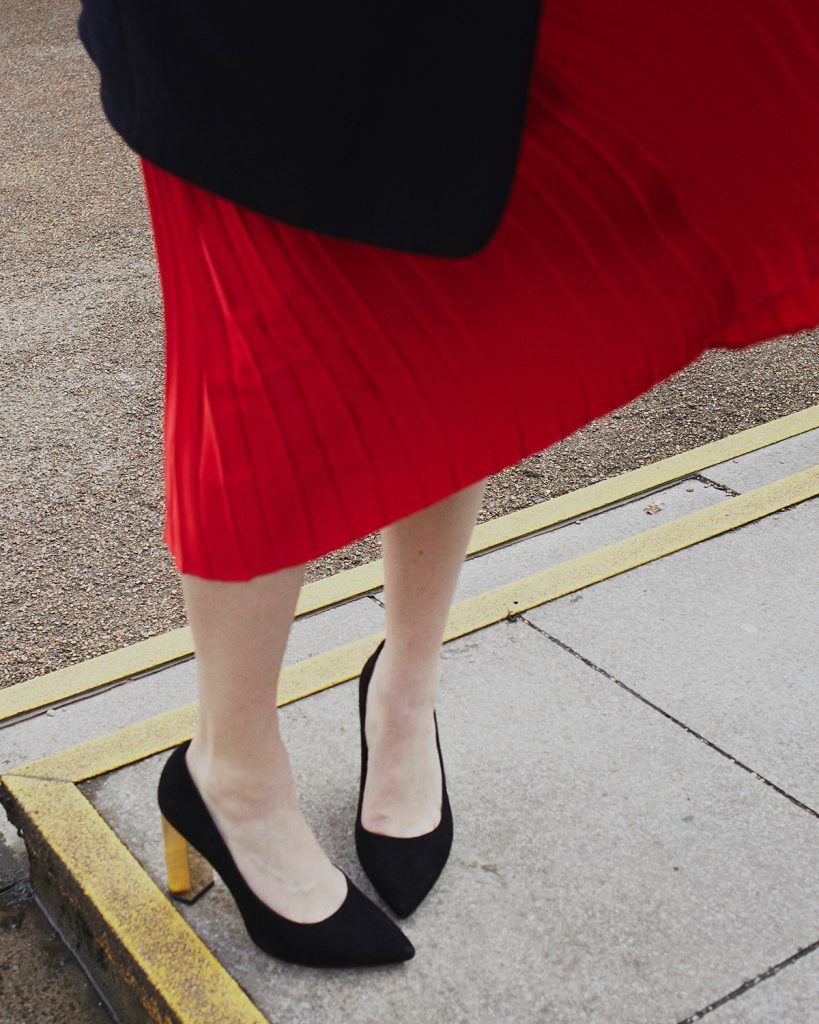
One of the main things that baffles people about the art world is how opaque it is, and with good reason. The purchasing of art by aristocratic families during the Renaissance period was a method of money laundering, concentrating artworks in the hands of a noble few. However, in the 19th century, when artists began to produce their own works without a waiting client, art patronage adapted to this change in the market. Today, the internet has radically transformed how artists and patrons interact, with the meteoric rise of online sales and an endless almanac of resources for artists to capitalise on. Nevertheless, the foundations of the art world remain stratified where pricing structures and working conditions pose a question of ethics. The towering prices of contemporary art, for example, can assume a pompous demeanour — as if there is something more than what meets the eye — preventing the average person from enjoying it at the most basic level. “There are still people who think art is for the rich and I think that’s sad” she says. “Art is more than just value and lifestyle; it gives an intangible sense of belief that is hard to explain until you’ve experienced it.”
Attempts to belittle the arts, through cuts in funds and public support, are relentless. Last year, a report published by the Education Policy Institute suggests the past decade has seen the largest decline of students — aged 15 and 16 — studying arts subjects in UK schools. A similar picture can be seen across local government where total spending on arts and culture has fallen persistently since 2010. While councils in England remain the largest supporters of the arts, austerity measures make it increasingly difficult to maintain their activities. A survey by the Museums Association found that one in five museums in the UK either plan on closing or have already closed. This will, in the long run, affect the careers of soon-to-be art graduates where funding remains sparse and working conditions, dire. “These graduates are investing in their education just like anyone else, yet they are expected to juggle three jobs while doing their art on the side” she notes. “I can’t seem to digest that. Why is this trade different?”
Perhaps it is safe to say that the undermining of the arts is this generation’s most pressing cultural policy issue. Its preservation, thus, starts at where it begins: in the studio. Artists require the same support system that anyone needs to pursue their career — personally, professionally and creatively — so investing in their work is the surest way to ensure their longevity. Diverging from this path would inevitably lead to their denouement.
Asked what would a world without artists look like Natasha warns “That’s the beginning of the end of the world, that’s the end of individualism” She stresses, “without creativity we cannot think outside the box, we need to support and value the artists of our time. Art is a reflection on our sense of self, it gives us the ability to question existence and it’s vitally important to keep it alive in our everyday lives.”.
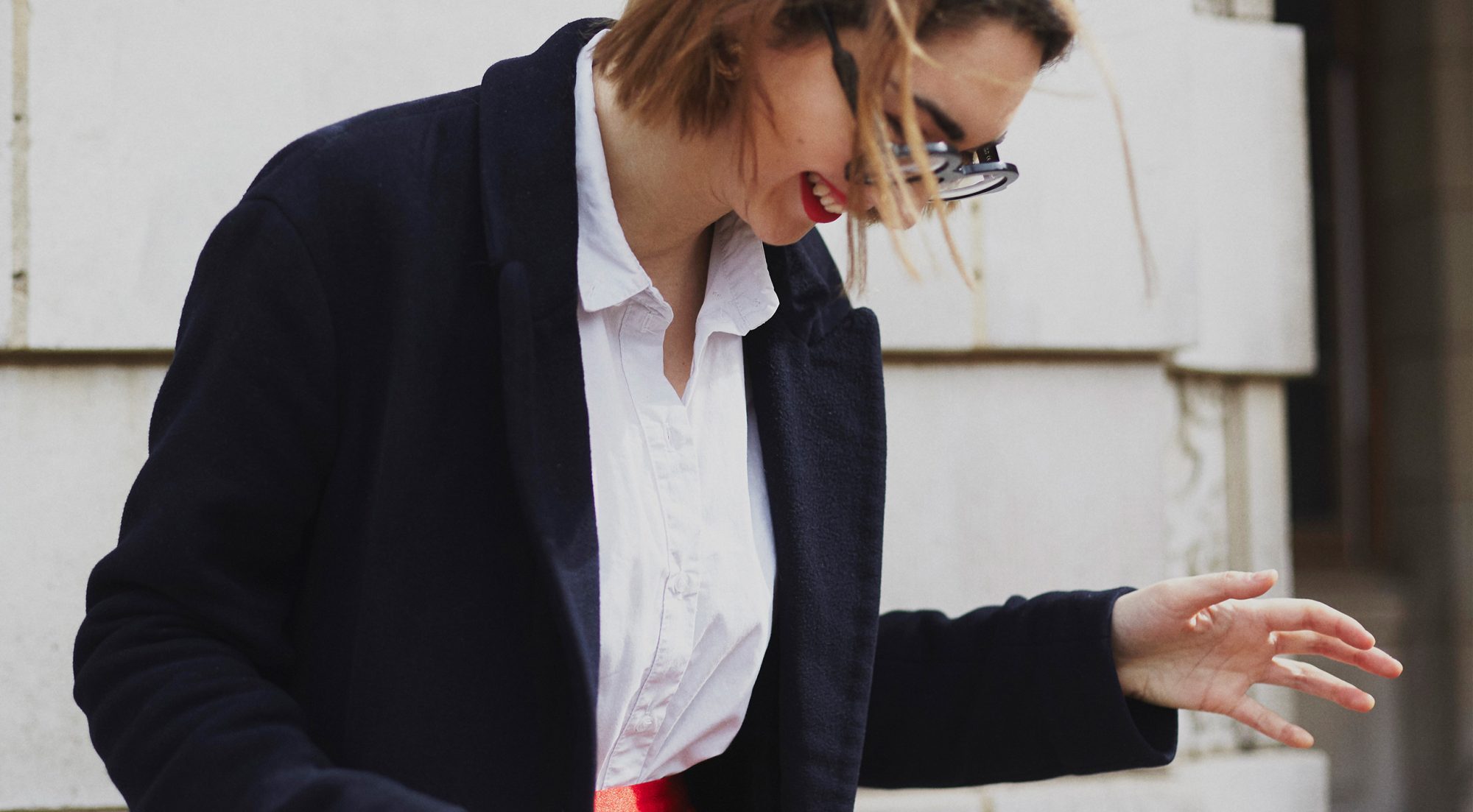
This feature was powered by OH, a brilliant project based in Liverpool that offers an alternative route into digital careers. We’ve collaborated before with Founder Robyn Dooley and will be doing so again on 5th of June when we deliver a workshop for their Catalyst programme. Check them out and support their mission here. Art for All was pitched, reported and written by serial polymath Sai Villafuerte, follow her here. Our photographer was the brilliant Clara Nebeling, whose essential Insta feed is here. Be sure to swing by AucArt to see what Natasha has curated.





